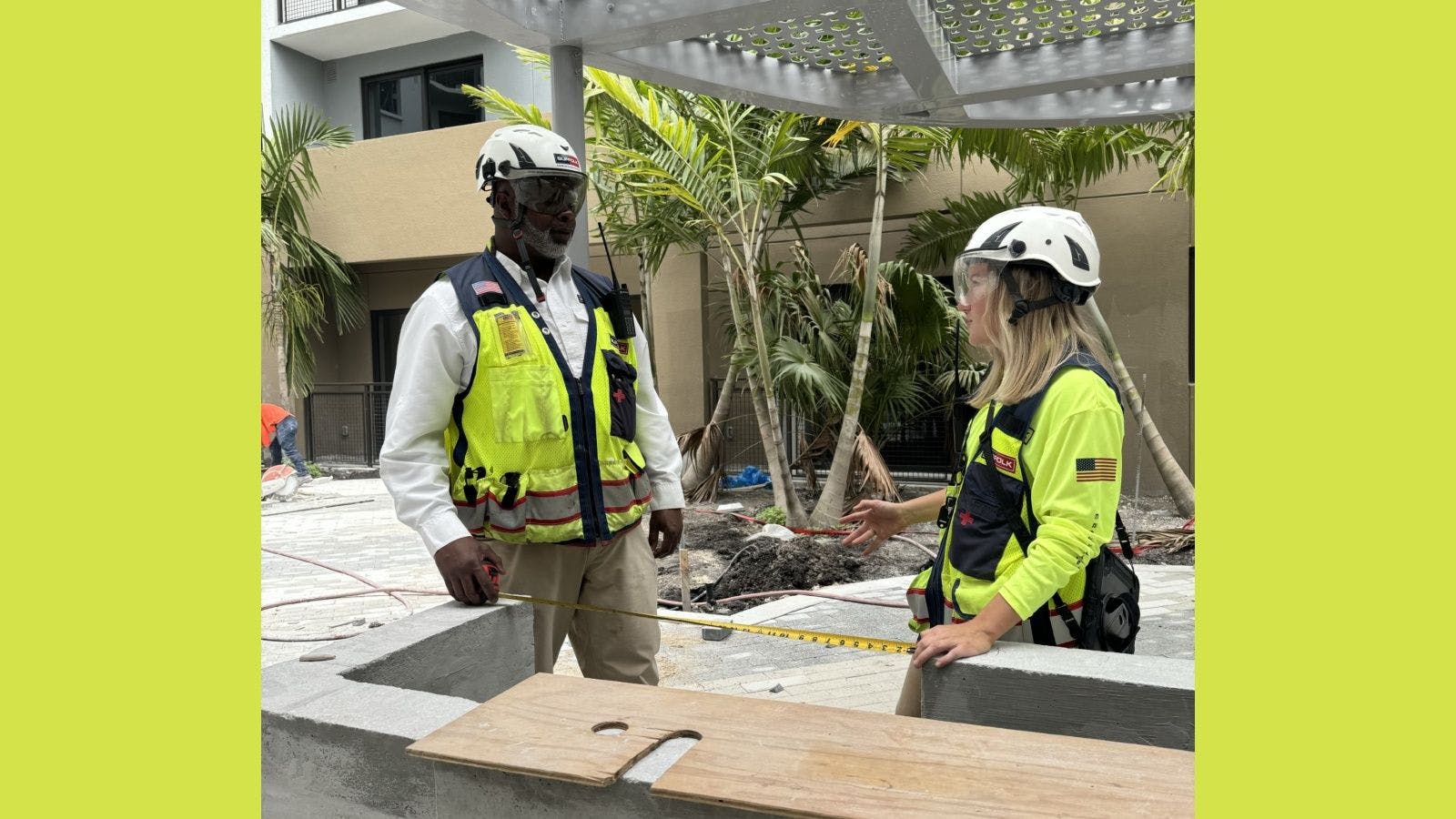
Keep Up With Changing Employee Expectations to Improve Recruitment and Retention
In the past year, the unemployment rate in the construction industry fell from 6.1% in July 2021 to 3.5% in July 2022. This marks the lowest July level in four years. And the number of unemployed construction workers fell by nearly a quarter million to 359,000. The problem is that there are 330,000 job openings, which is near an all-time high.
This type of labor tightness isn’t unique to the construction industry, but it is causing concern among industry watchers. Even though construction wages grew at the fastest pace in 40 years, they are not keeping up with the overall market. Before the onset of the COVID-19 pandemic in early 2020, construction wages were roughly 20% to 23% higher than the private sector market as a whole. Today, it is roughly at 18%. And much of that wage growth has come at the lower part of the construction market where there isn’t much of an increase in productivity or profits.
Construction wages may be growing, but they might not be keeping up with the overall market to stay competitive with other jobs that might be less physically demanding or offer more flexible working options. One of the culprits is retail and restaurants. As wages and benefits here grow faster than the overall market, they are making hiring tougher for the construction industry. These sectors often offer health benefits and flexible schedules, which is appealing to parents, as well as a working environment that is climate controlled and doesn’t require extra gear.
Changing the Model of Expectations
Coming out of the pandemic, many workers are looking for stability. Even in the retail and restaurant industries, workers have pushed for better wages, mandatory time off and consistent work hours—elements that are often lacking in the construction industry. With a narrowing wage gap, it’s difficult to convince workers to enter an industry that is seen as unpredictable and strenuous.
Construction employers need to reset their mentality when it comes to recruiting and retaining employees. And they could look to the restaurant and retail industries for inspiration and adopt the same three core commitments that are leading them to success: fair compensation, flexibility and purpose.
Wages, Flexibility Unlock Productivity
To start with the most impactful, wages in the construction industry have to go up, and not just at the entry level. To make working in construction attractive, the gap between itself and other industries needs to return to pre-pandemic levels. This will, of course, drive up costs, but it can also drive productivity. Companies that pay more can ask for more out of their employees. So, while labor will increase prices, there could be actual backend savings through increased workforce efficiency, which would hold or grow profits in the long term.
Employees are looking for more stability in their home and work lives, and that stability can, perhaps counterintuitively, come through flexibility. This can present itself in shifts that allow for pick-ups or drop-offs at school or four-day work weeks. Employees who know they can meet their family obligations, as well as their work ones, tend to perform at their highest and have shown to be more productive overall. A study done in the UK showed that increasing flexibility in the construction industry could boost the industry by $500 million.
Creating Work with a Purpose
There is one advantage that construction generally has over restaurant and retail: career advancement. Construction jobs tend to require training or licensing that isn’t usually required in other sectors. This can be a barrier but also an opportunity. There is the option for career advancement in any industry, but the much-needed skills and experience that come with construction can elevate the position and give it a long-term purpose and goal. Companies that provide good wages with flexibility will see employees that are willing to advance their careers.
Battle Wage Inflation by Listening to Employees
Inflation is impacting every sector of the company, and construction is no different. The bottom line is that wages have to increase. There’s no escaping this fact. That’s the first step to fighting the construction labor crisis. The next step is to listen to employees—veterans and new hires. Conducting stay interviews with employees to determine their perspectives on their compensation and benefits can make a company more successful. By understanding what employees are looking for—wages, flexibility or purpose—companies can better tailor their offerings to the labor market and uncover hidden talent. The construction work model needs to change, and employers need to be open-minded if businesses want to succeed.
Related stories








